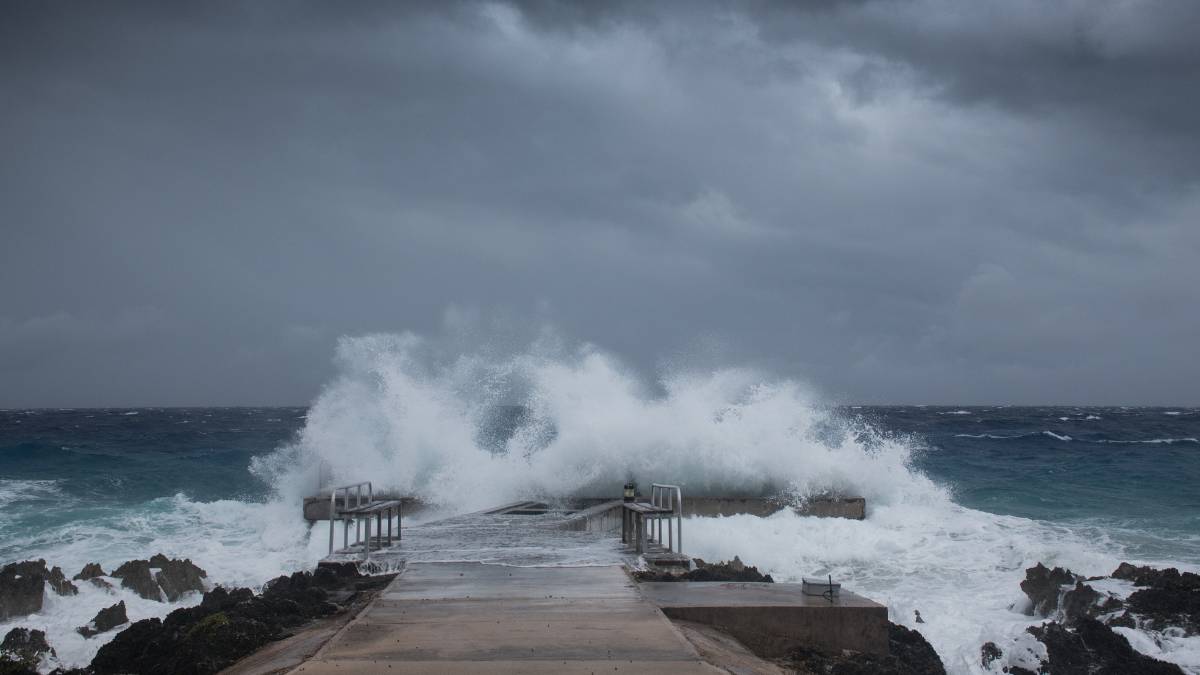Hurricanes are some of the most destructive natural disasters that can occur, causing widespread damage to homes, businesses, and infrastructure.
However, not all hurricanes have the same impact. Some hurricanes cause minor damage, while others cause sheer devastation. This is why it’s critical to classify hurricanes effectively.
One way that hurricanes are classified is by their wind speeds, with categories ranging from 1 to 5.
In this blog post, we’ll explore the different hurricane categories, their wind speeds, the expected damage for each category, and what people can expect when each category rolls through.
Introduction to Hurricane Categories
The Saffir-Simpson Hurricane Wind Scale is a classification system that has been in use since the 1970s to help people understand the potential damage caused by hurricanes based on their wind speeds.
The system has five categories, with Category 1 being the least severe and Category 5 being the most severe.
The classification system is used by the National Hurricane Center (NHC) to help people prepare for and respond to hurricanes that may impact their area.
The NHC monitors the development and movement of tropical storms and hurricanes in the Atlantic Ocean, Caribbean Sea, and Gulf of Mexico and provides regular updates on their status.
The 5 Hurricane Categories and Their Wind Speeds
As explained, hurricane categories are based on the Saffir-Simpson Hurricane Wind Scale, which ranks hurricanes based on their sustained wind speeds. Here are the wind speeds for each category:
- Category 1: 74-95 mph
- Category 2: 96-110 mph
- Category 3: 111-129 mph
- Category 4: 130-156 mph
- Category 5: 157 mph or higher
The sustained wind speed is the average wind speed within the hurricane, measured over a period of one minute at a height of 33 feet above the ground.
Hurricanes can also produce gusts that are significantly stronger than the sustained wind speed, which can cause additional damage.
Expected Damage for Each Category
The damage caused by a hurricane can vary depending on a variety of factors, including wind speed, storm surge, and rainfall.
However, there are some general expectations for the damage that can be caused by hurricanes of different categories:
Category 1
Damage primarily to trees, shrubs, and unanchored mobile homes, with some damage to roofs and siding of well-constructed buildings.
Category 2
Damage to roofs, siding, and gutters of well-constructed buildings, as well as uprooted or snapped trees and power outages that could last for several days.
Category 3
Extensive damage to roofs, siding, and windows of well-constructed buildings, as well as significant damage to trees, power outages that could last for several days to weeks, and potential evacuation orders.
Category 4
Catastrophic damage to roofs, walls, and windows of well-constructed buildings, as well as extensive damage to trees and power outages that could last for weeks to months. Evacuation orders are likely and widespread devastation is possible.
Category 5
Catastrophic damage to buildings, with total roof failure and wall collapse possible. Extensive damage to trees and power outages that could last for weeks to months. Evacuation orders are likely and widespread devastation is probable.
Other factors that can have an impact
Hurricane damage can also be affected by other factors, such as storm surge, rainfall, and the size and direction of the storm.
Storm surge is a rise in sea level caused by a hurricane’s winds pushing water onshore. This can cause significant flooding, especially in low-lying areas.
Rainfall from a hurricane can also cause flooding and landslides, which can damage homes and infrastructure.
What to Expect When Each Category Rolls Through
When a hurricane of a certain category rolls through, there are some general expectations for what people can expect in terms of wind speed, storm surge, and rainfall:
- Category 1: Winds between 74 and 95 mph, with a storm surge of 4 to 5 feet above normal and rainfall of up to 5 inches.
- Category 2: Winds between 96 and 110 mph, with a storm surge of 6 to 8 feet above normal and rainfall of up to 8 inches.
- Category 3: Winds between 111 and 129 mph, with a storm surge of 9 to 12 feet above normal and rainfall of up to 12 inches.
- Category 4: Winds between 130 and 156 mph, with a storm surge of 13 to 18 feet above normal and rainfall of up to 18 inches.
- Category 5: Winds of 157 mph or higher, with a storm surge of 18 feet or higher above normal and rainfall of up to 20 inches or more.
When a hurricane of any category rolls through, it’s important for people to take precautions to stay safe.
This may include evacuating if an evacuation order is issued, securing their property and belongings, and stocking up on essential supplies like food, water, and medication.
During the storm, people should stay indoors and away from windows, as well as avoid driving through flooded roads or walkways.
Understand possible damage with hurricane categories
Hurricane categories are an important tool for understanding the potential damage caused by hurricanes. By knowing the wind speeds, expected damage, and what to expect when each category rolls through, people can take the necessary precautions to keep themselves and their loved ones safe during a hurricane.
It’s important to remember that hurricanes can be unpredictable, and their impact can vary depending on a variety of factors. Even a Category 1 hurricane can cause significant damage, especially if it is accompanied by storm surges and heavy rainfall. Therefore, it’s important to stay informed about weather forecasts and follow the guidance of local authorities to ensure your safety during a hurricane.




